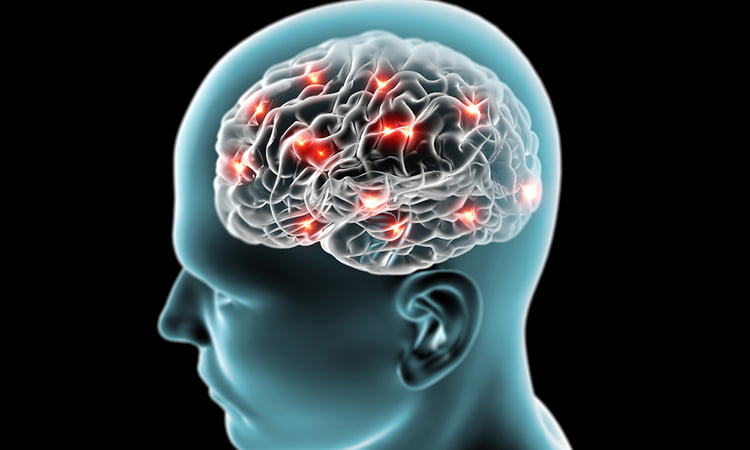Stem cells used to identify potential treatments for Parkinson’s disease
Posted: 14 September 2020 | Victoria Rees (Drug Target Review) | No comments yet
Scientists have found two active substances that allowed cells to reactivate the production of a protein that prevents the onset of Parkinson’s disease.


An international team of scientists has revealed the cause for certain genetic forms of Parkinson’s disease where PARK7 is mutated and has identified potential pharmacological treatments.
The team was led by Professor Rejko Krüger, of the Luxembourg Centre for Systems Biomedicine (LCSB) of the University of Luxembourg. The researchers experimented on patient-based cell cultures in the laboratory to discover their possible treatment.
Previous research has shown that a protein called DJ-1 plays a crucial role in keeping nerve cells functioning. If the body is unable to produce ample amounts of DJ-1, important nerve cells die, resulting in the onset of neuro-degenerative diseases such as Parkinson’s. The production of important proteins like DJ-1 can be disrupted or halted permanently if the genetic blueprints or the production processes they encode are defective.
Krüger’s team succeeded in identifying for the first time the importance of an error in the production process known as ‘splicing’ in the development of a certain form of Parkinson’s disease.
“In [these Parkinson’s] patients, an essential tool for the assembly of the protein DJ-1 fails to dock properly,” Krüger explained. “In scientific terms, we call that exon skipping. As a result of this defect, the protein does not get built at all.”
The researchers say their findings offer an entirely new point of attack for treating this malfunction of protein synthesis with drugs.
“This insight fundamentally changes our view of the causes of the disease and presents entirely new possibilities for treatment,” said Dr Ibrahim Boussaad, first author of the paper.
Thanks to the donation of skin cells taken by small biopsies, the researchers were able to reprogramme these cells to grow into nerve cells in vitro. These nerve cells are very similar to the neurons in affected regions of the donor’s brain and can be used for analyses and tests in the laboratory. As it is not possible to take neurons directly from the brain of patients, the researchers say that reprogramming is the only way to examine the clinical features of the patient’s neurons in vitro. Using this method, Krüger’s team was able to explain the cause of the genetic form of Parkinson’s disease in which the PARK7 gene is mutated.
Precise bioinformatics algorithms allowed the team to immediately carry out an automated search for potential active substances for drug treatment. This yielded a hit in the form of the active compounds phenylbutyric acid and RECTifier of Aberrant Splicing (RECTAS). Administered in combination, the researchers found that these two active substances allowed the cells in the test tube to effectively reactivate the production of the important protein DJ-1.
While the team say this discovery is very promising, they emphasise that the new combination of active substances they identified will have to undergo clinical trials before they can be used to treat patients.
The study was published in Science Translational Medicine.
Related topics
Disease research, Drug Targets, Informatics, Neurons, Neurosciences, Protein, Stem Cells, Target molecule, Targets, Therapeutics
Related conditions
Parkinson's disease
Related organisations
University of Luxembourg
Related people
Dr Ibrahim Boussaad, Professor Rejko Krüger


